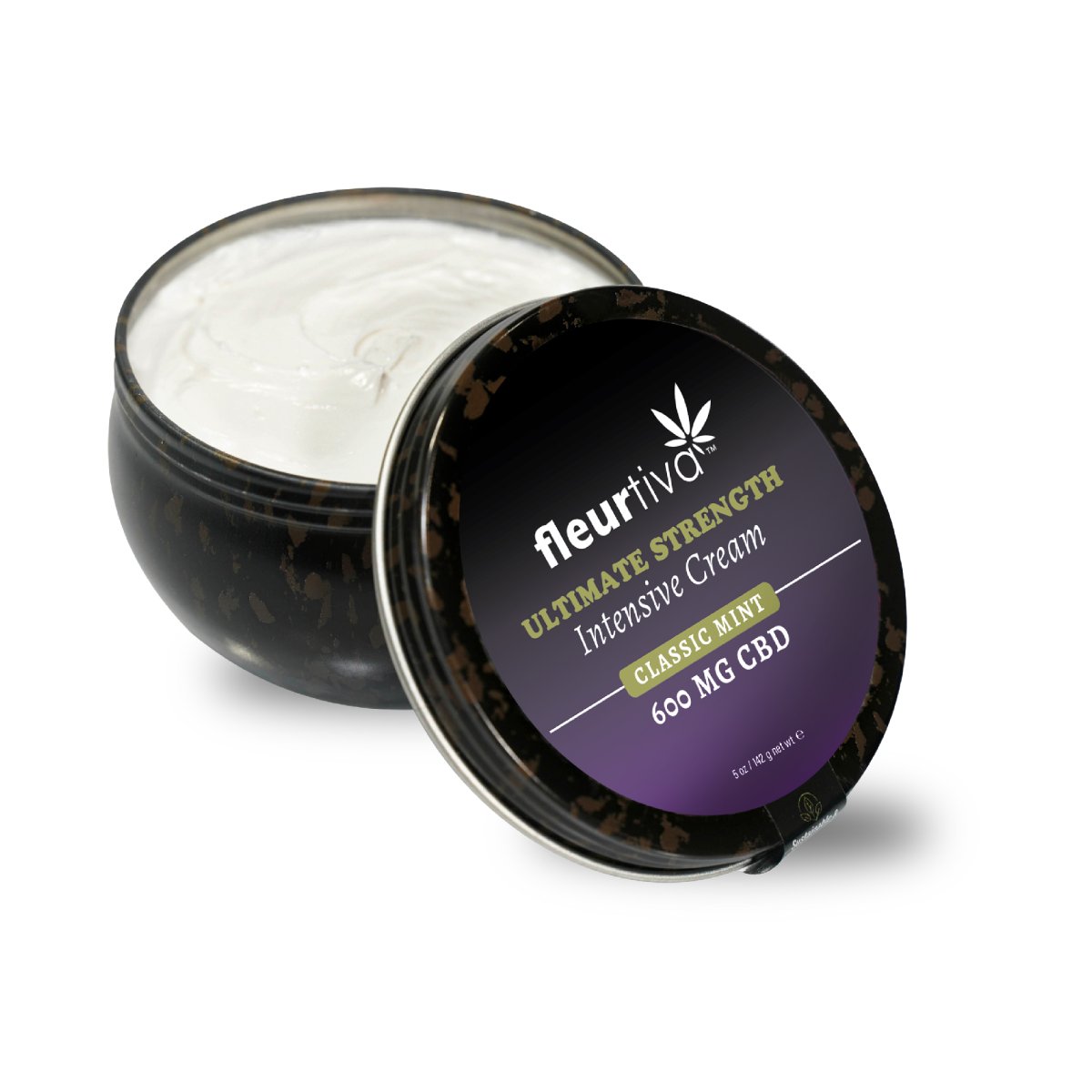Serenity CBD Arnica Cream: Unlock the Recovery Prospective of Nature's Ingredients
Serenity CBD Arnica Cream: Unlock the Recovery Prospective of Nature's Ingredients
Blog Article
Discover the Science Behind CBD Discomfort Cream and Its Healing Results
As the need for natural pain relief options continues to rise, the scientific area has turned its focus to the healing effects of CBD discomfort lotion. From its anti-inflammatory residential or commercial properties to the complicated neurological effects that modulate pain understanding, CBD's potential as a discomfort management option is a subject of recurring research study and medical rate of interest.
Endocannabinoid System and CBD Discomfort Alleviation
What function does the endocannabinoid system play in CBD discomfort relief? The endocannabinoid system (ECS) is an intricate network of receptors, enzymes, and endocannabinoids that play an essential role in managing numerous physiological procedures, consisting of discomfort sensation. When CBD is used topically or consumed, it interacts with the ECS to regulate pain understanding and swelling. CBD exerts its impacts by targeting cannabinoid receptors, especially CB1 and CB2 receptors, which are abundant in the central anxious system and immune cells, respectively. By binding to these receptors, CBD can hinder the transmission of pain signals and decrease inflammation, causing discomfort alleviation.

Devices of CBD for Discomfort Management
Discovering the intricate devices whereby CBD runs in discomfort monitoring discloses its prospective as a valuable healing tool in reducing different forms of discomfort. CBD connects with the endocannabinoid system, consisting of cannabinoid receptors (CB1 and CB2) distributed throughout the body. When CBD is administered, it modulates these receptors, influencing neurotransmitter release and moistening pain signals. In addition, CBD's anti-inflammatory residential or commercial properties play an important duty hurting monitoring by minimizing inflammation at the site of pain.

Anti-Inflammatory Characteristics of CBD
In illuminating the effectiveness of CBD hurting management, a notable aspect lies in its powerful anti-inflammatory properties. CBD, or cannabidiol, has actually garnered interest for its capability to regulate inflammatory actions within the body. Swelling is a complex organic action that plays a crucial role in the body's immune system, however when it comes to be chronic, it can add to various health concerns, consisting of pain. CBD communicates with the endocannabinoid system, specifically targeting CB2 receptors found in the immune cells. By triggering these receptors, CBD can assist minimize and control immune actions swelling.
Research studies have revealed that CBD can hinder inflammatory mediators and cytokines, thereby dampening the inflammatory cascade. This anti-inflammatory impact is specifically promising for problems identified by chronic inflammation, such as joint inflammation, inflammatory bowel illness, and neuropathic pain. By relieving inflammation, CBD not only addresses the signs and symptoms but likewise targets the underlying cause of pain, making it an important therapeutic agent for taking care of a variety of inflammatory conditions.
Neurological Effects of CBD on Pain
CBD exerts profound neurological effects on discomfort assumption with its communication with certain receptors in the main nerves. The endocannabinoid system, which comprises cannabinoid receptors (CB1 and CB2) and endocannabinoids generated by the body, plays a vital duty in modulating pain signals. CBD engages with these receptors, largely CB1 found in the mind and CB2 situated in the immune cells, to exert its analgesic effects. By affecting the task of these receptors, CBD can assist control discomfort level of sensitivity and inflammation, providing possible healing advantages for individuals dealing with different kinds of pain problems.
Research studies have shown that CBD's action on the endocannabinoid system can cause the inhibition of discomfort signaling paths, lowering the assumption of discomfort. Furthermore, CBD has been discovered to have neuroprotective homes, which can aid alleviate neuropathic discomfort by safeguarding neurons from damage. The ability of CBD to regulate pain at a neurological degree makes it a promising option for taking care of chronic pain conditions where conventional therapies might fall short.
Scientific Studies Sustaining CBD Discomfort Alleviation

Conclusion
In verdict, the scientific research behind CBD discomfort cream reveals its potential healing results through the inflection of the endocannabinoid system (Serenity CBD arnica cream). CBD's mechanisms for discomfort monitoring include its anti-inflammatory properties and neurological results on pain perception.
As the need for natural pain alleviation choices continues to increase, the scientific neighborhood has actually transformed its focus to the healing effects of CBD discomfort cream. From its anti-inflammatory homes to the complicated neurological impacts that modulate pain assumption, CBD's possible as a discomfort management remedy is a subject of recurring research and medical passion.Building upon the understanding of CBD's neurological impacts on discomfort assumption, professional research studies have actually given valuable understandings right into the efficacy of CBD in offering pain relief. A research study released in the European Journal of Pain showed that applying CBD topically decreased pain and swelling in rats with arthritis without any kind of noticeable side impacts. CBD's mechanisms for pain administration include its anti-inflammatory residential or commercial properties and neurological Serenity CBD balm Sacramento effects on discomfort assumption.
Report this page